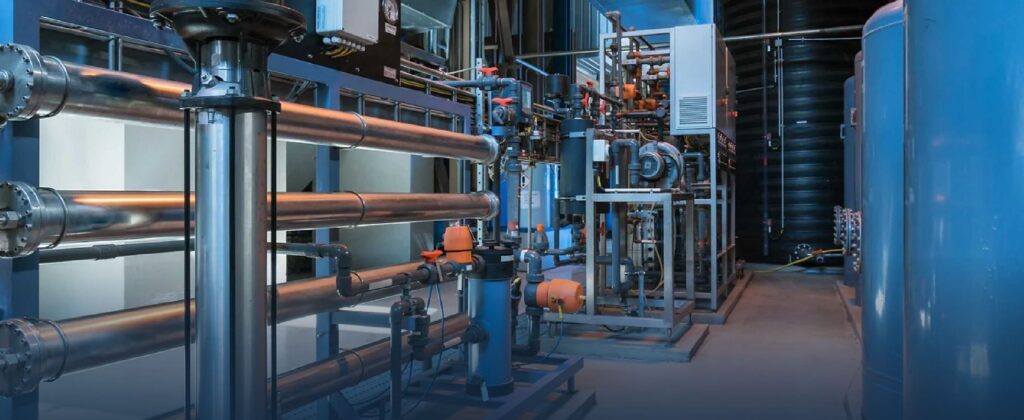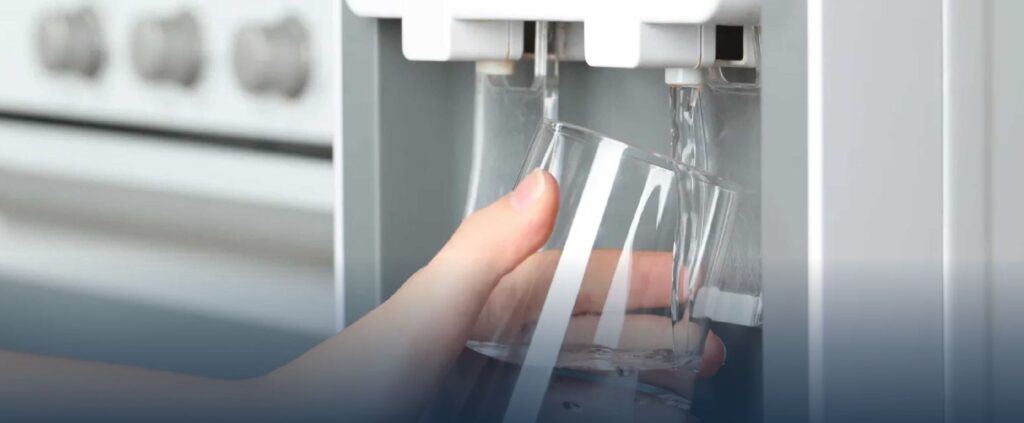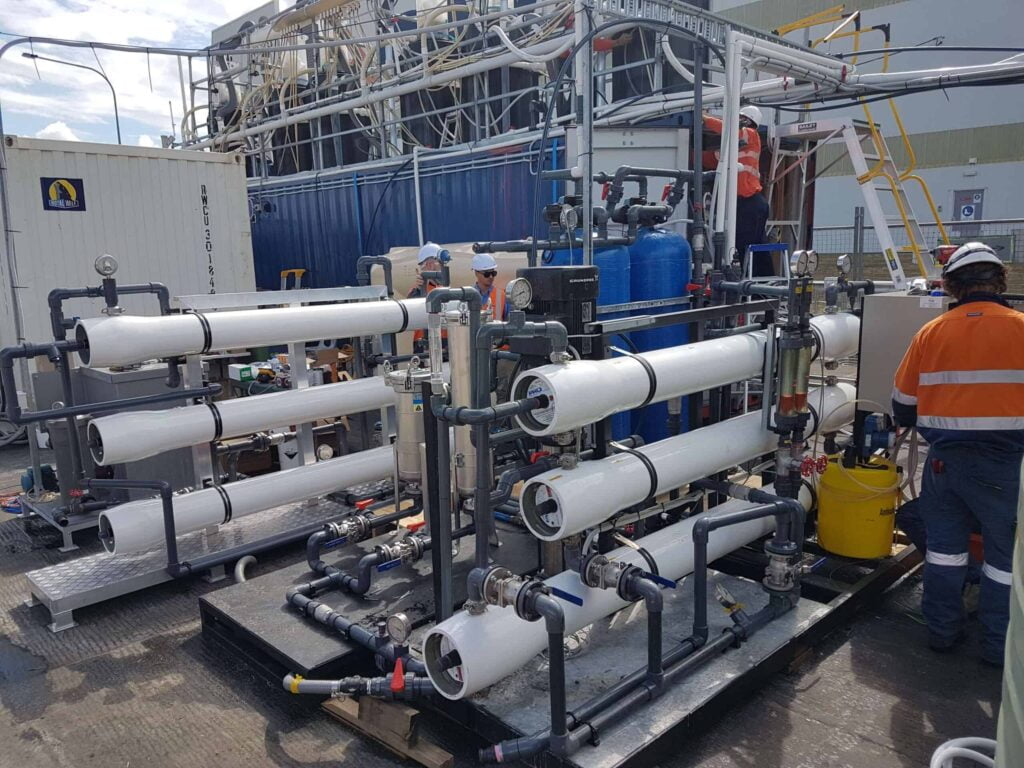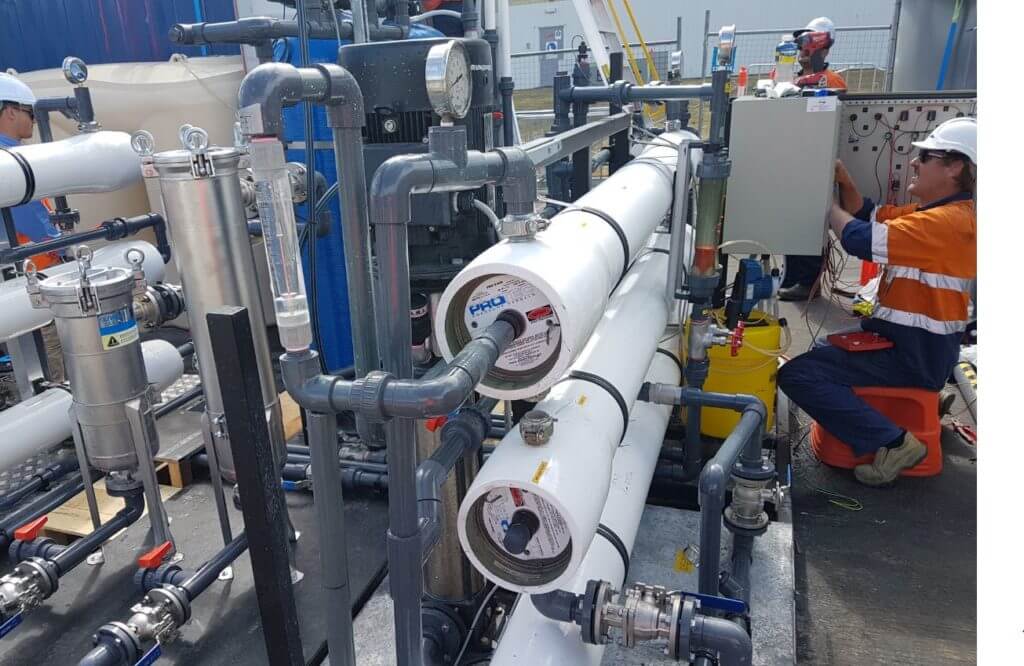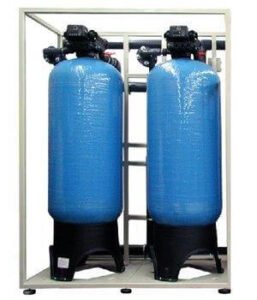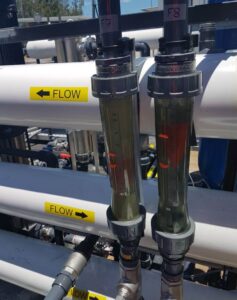~ BRISBANE ~
Waste Water Treatment and Remediation – Nanofiltration Plant
Emerging Contaminants Removal
Pacific Water Technology supplied and installed a Nanofiltration plant for the removal of perfluorinated compounds from contaminated groundwater and industrial effluent at a site in Brisbane. The membrane filtration plant was locally assembled in Brisbane and supplied at short notice. The plant is capable of dealing with a wide range of feed water qualities and has the capability of Clean-In-Place to recover permeate flow. The plant has a dual membrane array, allowing one membrane array to be cleaned in place, whilst the other continues to treat the contaminated influent, thereby minimising downtime.
[World Class Membrane Filtration for Removal of PFAS]
What are Emerging Contaminants?
Emerging contaminants are chemicals or materials that have been found in global drinking water supplies and are perceived as real or potential threats to human health. While these contaminants may have always been present in drinking water, advances in technology have only recently made it possible to detect them. Contaminants are classified as “emerging” if a new source or direct pathway to humans has been determined. Perfluorinated compounds, such as perfluorooctane sulfonate (PFOS) and perfluorooctanoic acid (PFOA), have been identified as both persistent and mobile in the atmosphere and aqueous environments, and are therefore considered emerging contaminants of concern. These compounds are used in many domestic cleaning chemicals like Scotchgard and also in fire-fighting foam. Scotchgard, has or had ingredients belonging to a large family of chemicals that degrade to form a chemical called PFOS, or perfluorooctane sulfonate. They are fluorocarbons, related to CFCs, which are now banned as ozone depleters.
In 1997, 3M found PFOS in supposedly clean samples from blood banks all over the world. PFOS can be found in children, in polar bears from Alaska, and in bald eagles from the Great Lakes. These chemical compounds have been identified as carcinogens and can eventually make their way via run-off from rainwater, accidental spillage, and wastewater recycling back into our drinking water supply.
[Brisbane Airport- Effective Polishing and Removal of PFOS and PFAS from Water to Undetectable Levels]
What are Perfluorinated Compounds?
Perfluorinated compounds, or PFCs, are man-made, fully fluorinated compounds that are not naturally found in the environment and are used in a range of products such as fire-fighting foams and coating additives. PFOS and PFOA are the most commonly produced PFCs. Small communities in Australia like Raymond Terrace NSW, Oakey in Queensland and a number of areas near airports have all recently become concerned with their exposure to PFOA and PFOS, which found their way into drinking water supplies through nearby industrial plants and military bases. The health risks of exposure to the chemicals include developmental effects to fetuses during pregnancy or to breastfed infants, cancer, liver effects, immune effects, thyroid effects, and more. Citizens are rightly concerned over the years they’ve spent drinking contaminated water and the new EPA guidelines were designed to set stricter limits on the chemicals. Perfluorooctanoic acid (PFOA), also known as C8, is another man-made chemical. It is used in the process of making Teflon and similar chemicals (known as fluorotelomers), although it is burned off during the process and is not present in significant amounts in the final products.
Why are PFASs a Problem?
There is worldwide concern about the use of PFAS – in particular, PFOS and PFOA. They are persistent in the environment and are resistant to normal environmental breakdown.
Because of this, they can build up and move through the environment and food chain, and accumulate at levels of concern to human and environmental health.
[Activated Carbon Filtration is One of the Pre-Treatments Required for Membrane Filtration]
How to Treat for Perfluorinated Compounds
Treatment Pilot Plants in the United States for PFASs removal, found that aeration, chlorine dioxide, dissolved air flotation, coagulation, flocculation, sedimentation, granular filtration, and microfiltration were all ineffective for removing PFASs including PFOA and PFOS, in particular the short chain perfluorinated compounds. Anion exchange was moderately effective in treating PFOA, highly effective for PFOS, and failed to remove several other PFASs. Nanofiltration and reverse osmosis proved to be the most effective methods of removing even the smallest PFASs. Granular activated carbon (GAC) was shown to be adept at removing most PFASs and is considered a suitable pre-treatment for membrane filtration, provided total organic loading is less than 1 mg/l. Membrane filtration such as nanofiltration and reverse osmosis require multiple pre-filtration steps – in this case, the following treatment steps were used:
- Activated glass media filtration for removal of suspended solids to as low as 1 micron
- Granular Activated Carbon specially designed for removal of organics
- Final stage Bag Filter for filtration to less than 5 micron.
- 0.001-micron Nanofiltration (allowing lower rejection of inorganic salts, and high rejection of organics)
[Permeate and Reject Flow Meters]


